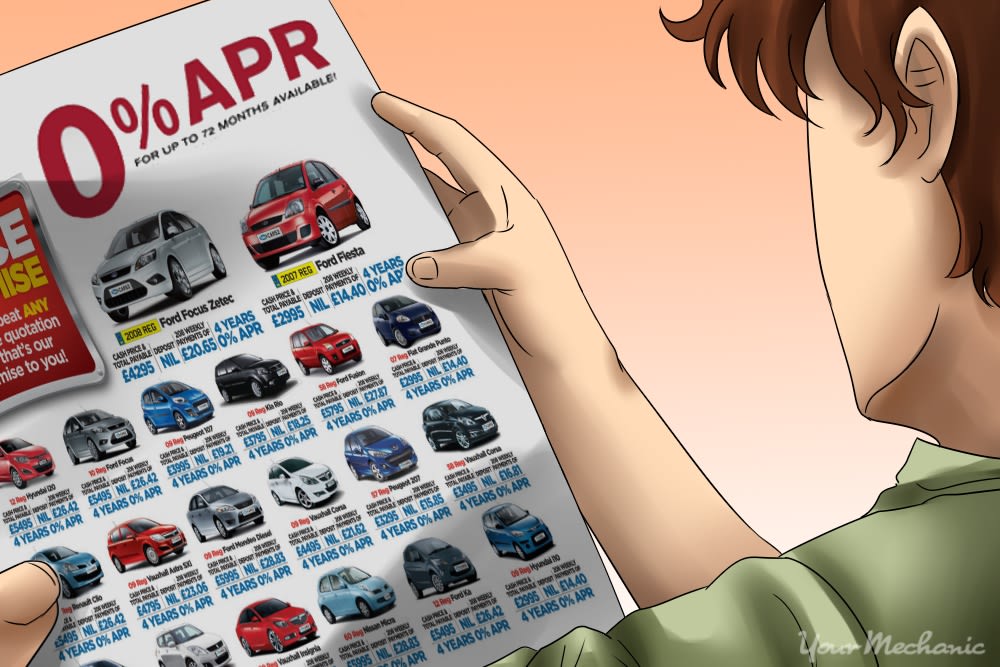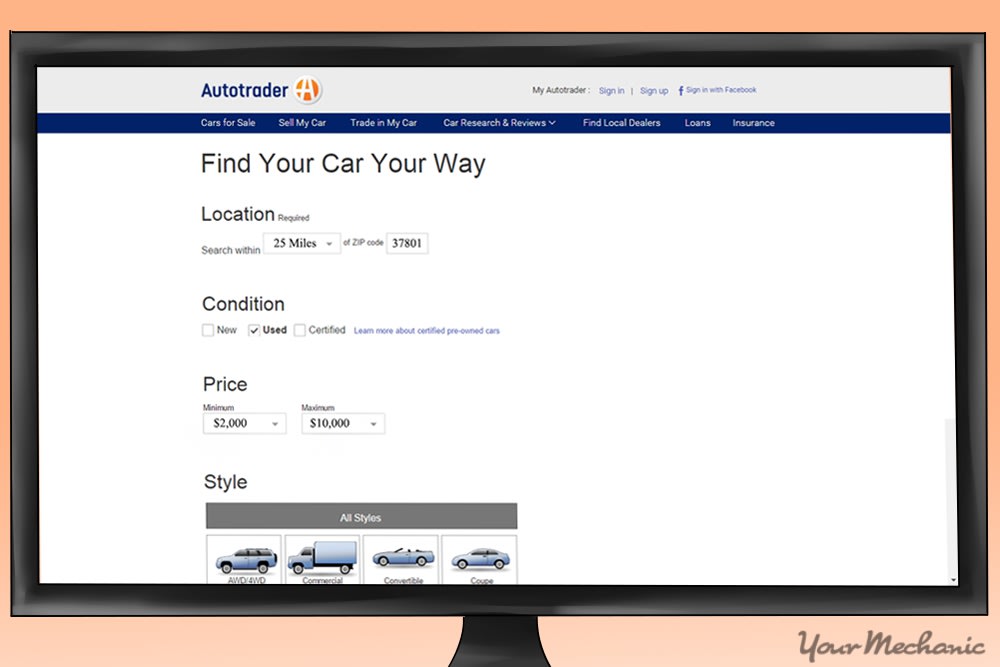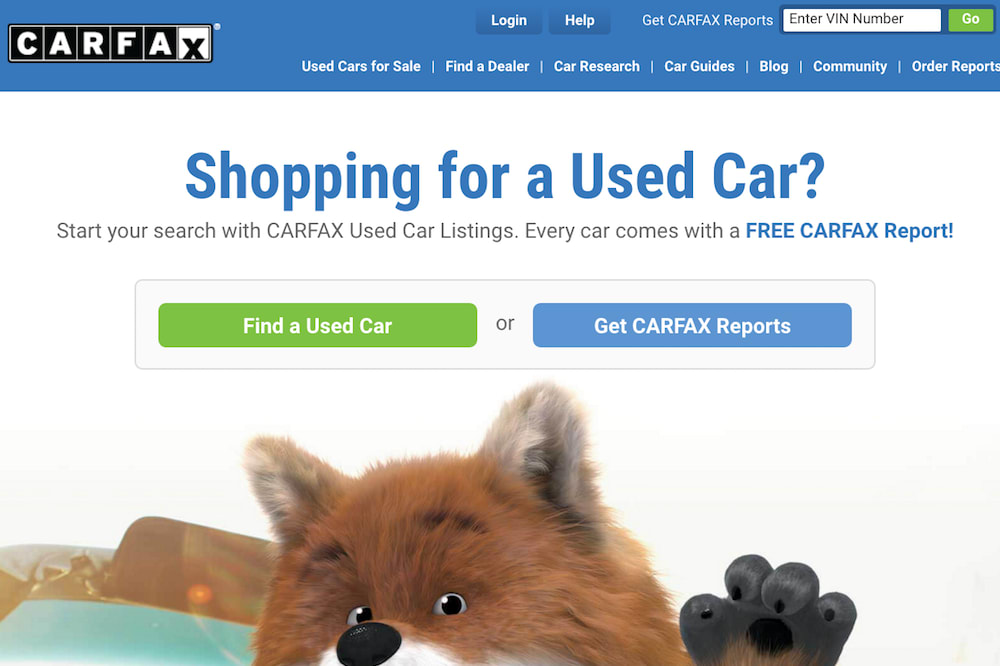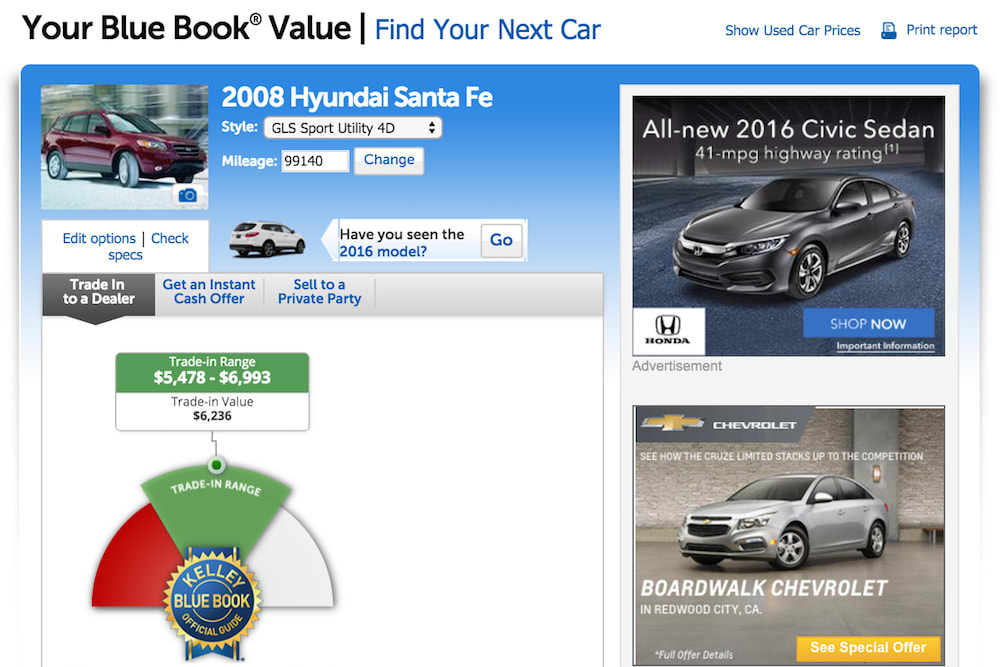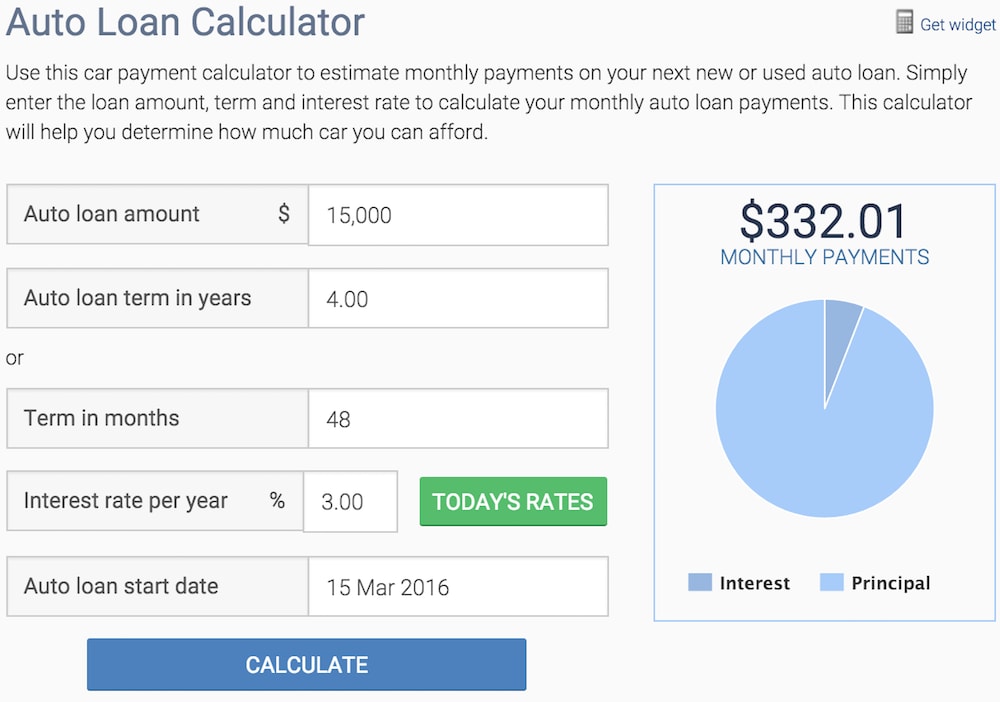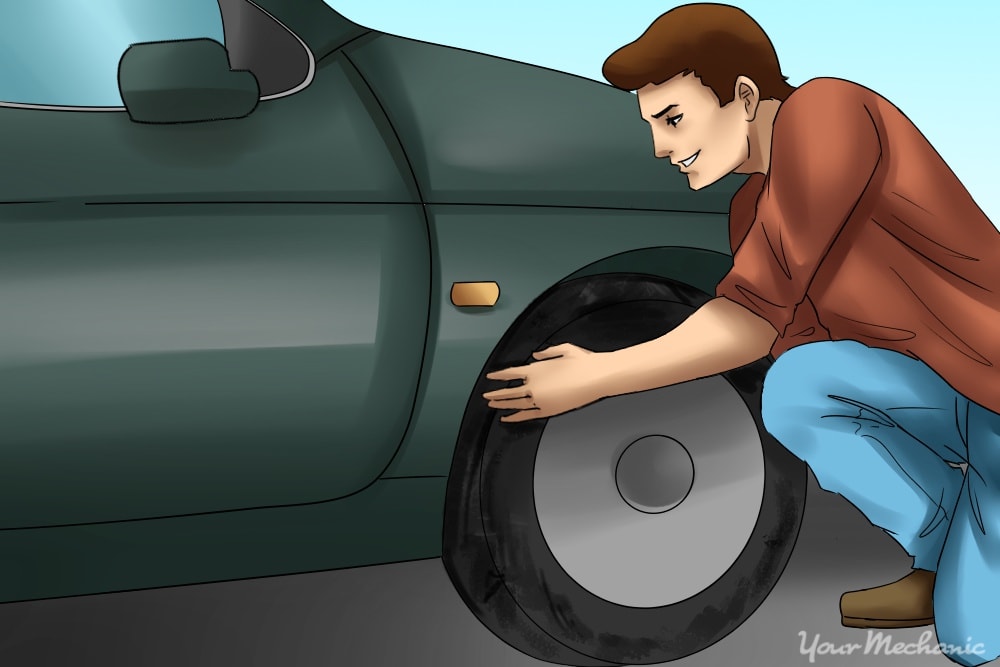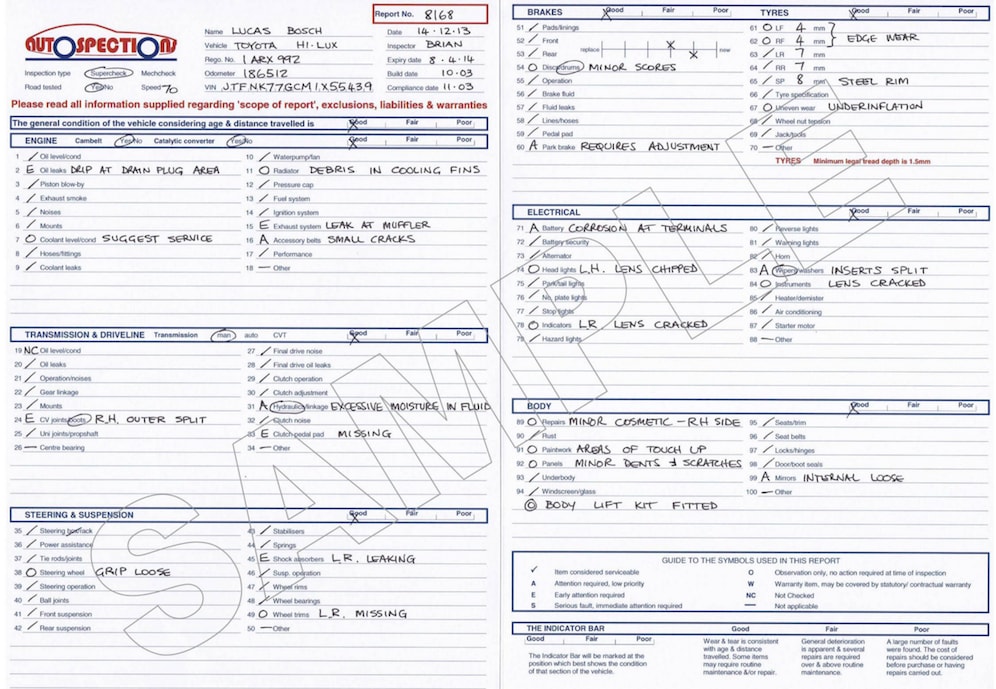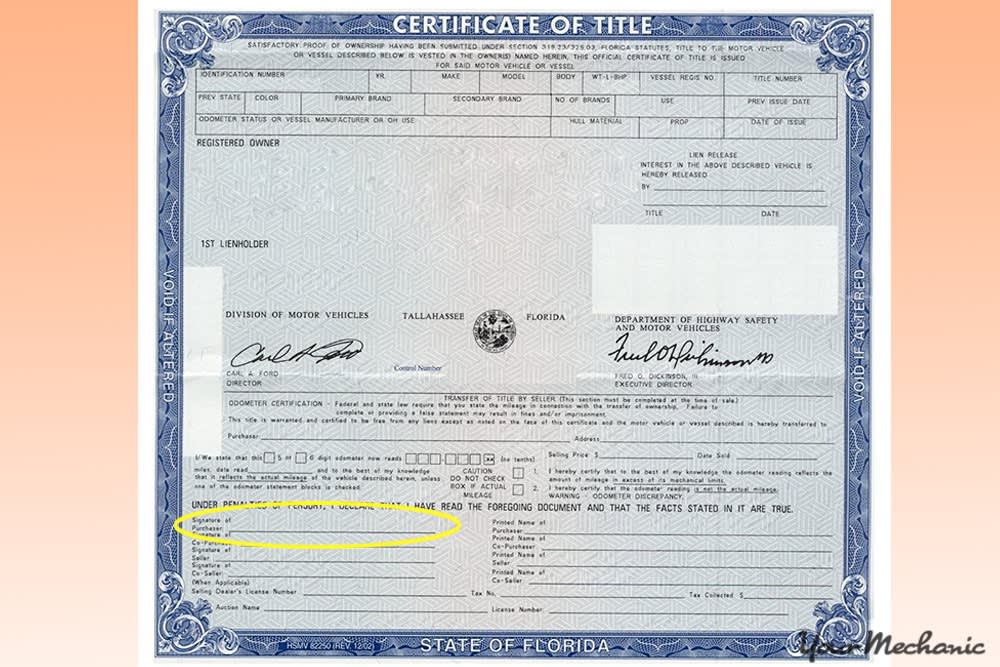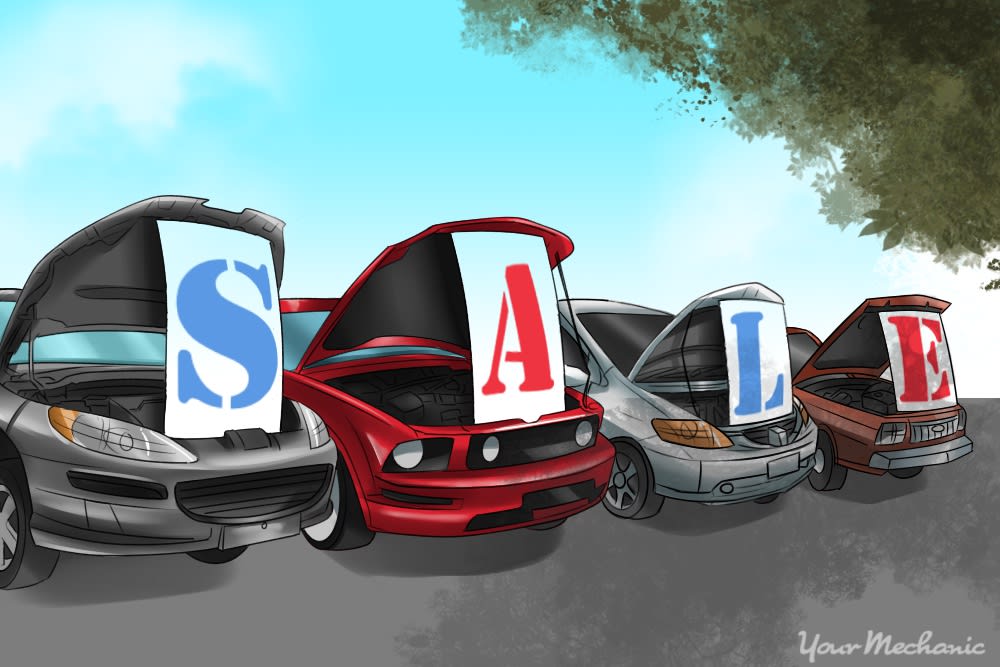

Purchasing a used car is a good option if you don’t want to spend the additional money or if you want to avoid the extra depreciation that comes with buying a new car. It doesn’t have to be a complicated task if you know the steps you need to take to find a good deal.
Part 1 of 7: Decide on a budget and who to buy from
Make out a budget for how much you want to spend on a used car. Make sure to include the sales tax and registration fees in the budget. Your two options when buying a used car is to find a dealer or to purchase a car from a private owner. You’ll discover advantages and disadvantages to both methods.
Step 1: Know your budget. Decide how much you want to spend on a used vehicle. Keep in mind any options you must have, as they will probably add to the overall cost.
You should also decide at this time if there are any options you can live without to save money on your purchase.
Step 2: Decide if you want to buy from a dealer or privately. When buying from a private party, keep in mind a few of the advantages, including that vehicles sold by private parties are usually less expensive and that many private individuals keep detailed records of the vehicle's maintenance history.
On the other side, some of the disadvantages include the fact that many vehicles sold by private individuals do not come with a warranty, and you must find your own financing when buying them.
When it comes to a dealer, a few of the advantages are that many of the vehicles that they sell go through an inspection before they are placed on the lot, some dealers offer a warranty, and you can often finance your vehicle through the dealership.
The disadvantages to using a dealership include the higher expense of many of the vehicles they sell and the fact that usually they have no idea of the maintenance history of a vehicle, especially on trade-ins.
Part 2 of 7: Check listings of available used vehicles
Regardless of whether you’re buying from an individual or dealer, you need to find out what’s available. If you have a particular make and model in mind, look for those first.
Step 1: Research cars online. Visit used-car dealership websites to check out the inventory. If you have a particular vehicle make, model, and year in mind, compare any listings the dealership might have for that vehicle type.
Step 2: Check the newspaper. Check listings in your local newspaper. While not as comprehensive as searching online, your local paper makes a great alternative when you don't have access to the Internet.
- Most ads also list the Annual Percentage Rate (APR) the dealer is offering in addition to any special promos the dealership might be currently running.
Step 3: Look on Craigslist. Check Craigslist ads for cars being sold by both individuals and dealers.
- Some other useful car sites include Cars.com and AutoTrader.
Step 4: Get a history report. Run a vehicle history report using a site such as Carfax.
This should let you know if a vehicle you are interested in has been in an accident or not. In addition, a car history report should tell you if a vehicle has received a salvage title.
Tip: Before getting a Carfax report, ask the dealer or private party if they already have a Carfax report available for your to review.
Part 3 of 7: Compare listings with online car reviews
Step 1: Read the reviews: Check out online car review sites for the different models you’re considering.
- Make sure to find makes and models with the features you seek to see how they compare side by side with other makes and models with similar features.
Step 2: Research the value of the car. Check sites such as Kelley Blue Book, and Edmunds.com to get the fair market value of the vehicles you are interested in.
- Make sure to include the trim level and any options as this can affect the price as well.
Part 4 of 7: Decide on pricing and financing
Step 1: Decide on your method of payment. Decide if you will pay cash or finance the used car.
- If you pay for the vehicle outright with cash, you can avoid paying many of the finance charges associated with buying a car.
Step 2: Calculate your monthly payments. Determine how much you can afford in monthly payments if you decide to finance. Bankrate has a good online calculator to use.
- Remember to take into account any sales tax and registration fees you have to pay for the vehicle.
Step 3: Determine how much money you have for a down payment. Keep in mind that a larger down payment can greatly decrease the amount you have to pay each month.
Step 4: Compare lenders. Compare lenders to see car loan rates and terms.
Some things to look out for include if there is a penalty for paying the loan off early and what the penalty is for making a payment late.
- Tip: Consider pre-applying for a loan to see what amount you qualify for before looking at vehicles. This allows you to only focus on vehicles that you can afford.
Step 5: Apply for funding. Once you find a lender you are satisfied with, apply and get approved for financing.
This also forces you to be more careful when you shop for vehicles as you can only afford so much.
Part 5 of 7: Take the car for a test drive
Once you know how much you can afford to pay for a vehicle and select a model you like, you need to meet with the private party or dealer to see the car in person.
In addition to checking the vehicle out visually, you should also take any vehicle you have a serious interest in buying out for a test drive.
Here's a test drive checklist for used cars:
Before the test drive:
Do your research. Check for available reports such as CARFAX to learn more about the history of the vehicle and if it was in any accidents.
Check out the body for damage. Look for dents, dings, scratches, and rust. Magnets can be used to locate possible repair work in the metal. Check the windshield for any cracks.
Check out the condition of the tires. Look at the condition of the rubber (is it cracked?) and check for at least a quarter inch of tread depth. Are the tires all the same make and in similar condition?
Check the vehicle interior for tears, burns, or stains.
When the engine is cool, check all fluid levels.
Check for leaks with the engine on and off. Look under the vehicle and check for any leaks on the ground.
Make sure everything works. Open and close every door, window, and storage compartment. Check that all seat belts work. Check that all door locks work. Turn on and off all lights. Test headlights, tail lights, brake lights, and turn signals. Move the front seats forward and back. If applicable, move or fold-down rear seats. Turn on and off the heater/air conditioner. Check that the radio is operable.
Listen to the vehicle. Start the engine and listen for any abnormal noises, including hisses, ticks, knocks, or rattles.
During the drive:
Continue to listen to the vehicle while driving. Listen for any abnormal sounds that may develop during the test drive, including rattles.
Check the gauges. It is recommended to have someone else drive the vehicle for a short period of time so that you can safely check that the gauges are in working order.
Drive the vehicle above 45 mph, or faster as local speed limit laws permit. Some vehicle problems are only apparent at higher speeds. Does the vehicle stay on path or pull to one side while driving or accelerating? Does the steering wheel shake or vibrate as speeds increase or when braking?
Check the brakes. Is there a squealing or screeching sound, or do they feel “soft” when applying pressure? Do they stop quickly and completely? Does the vehicle pull to one side when braking? Does the anti-lock braking system (ABS) work when the brakes are applied quickly? If possible, test that the emergency brake will “hold” on a hill.
Feel out the transmission. Is the vehicle shifting smoothly through all gears, up and down? If a manual, does the gear shift or clutch “stick” abnormally when shifting through gears?
After the drive:
With the engine on, use your senses. Exit the vehicle and look for any smoke from the engine or exhaust. Also check for any burning smells, which could be the sign of a potential issue.
Check again for leaks with the engine on and off. Look under the vehicle and check for any leaks on the ground.
Remember, if you want a professional to test drive a used car for you, check out YourMechanic’s pre-purchase inspection service for help and information.
- Tip: Keep track of any issues or damage to the car to decide if you want to buy it and how much it’s worth. You should also find out how much any problems cost to fix for use while negotiating price.
Part 6 of 7: Negotiate the price
Now that you have researched and picked out the perfect vehicle for you, it is time to negotiate on the price. Use what you know about the vehicle, including any mechanical or other problems with it, to try and get the dealer or private individual to reduce the asking price.
Step 1: Use your report to negotiate. Take the report from the mechanic you had look at the vehicle, let the person selling it know how much it will cost to fix any problems with the vehicle to see if they can take that off the final price. Otherwise, see if they can have the problem fixed to save you the expense.
Step 2: Mention competitors’ prices. You can also use the prices of the same vehicle types you found in the area as a bargaining chip.
- Vehicle sellers might be a little more open to lowering the price if they know you can get the same vehicle elsewhere for less.
Part 7 of 7: Fill out the paperwork and finalize the sale
Once you have test driven a car, negotiated the price, and are satisfied with the price and terms, it is time to finalize the process. At this point you need to fill out all of the necessary paperwork and sign. You also have some things to do once you purchase the vehicle, including registering the vehicle under your name with the state and paying any applicable registration fees and taxes.
Step 1: Complete the paperwork. Fill out and sign any paperwork, including the title if you are buying the vehicle outright. If you are having the vehicle financed, the lender takes possession of the title until you pay off the loan.
Step 2: Register at the DMV. Next, you need to travel to your local DMV or county clerk's office to register the vehicle with the state. This varies according to state.
Buying a used car can be a great way to save money and get a good deal. It also means you must be more diligent to ensure you’re not inheriting someone else’s problem. To this end, have one of our expert mechanics perform a pre-purchase car inspection before you buy a used vehicle.


